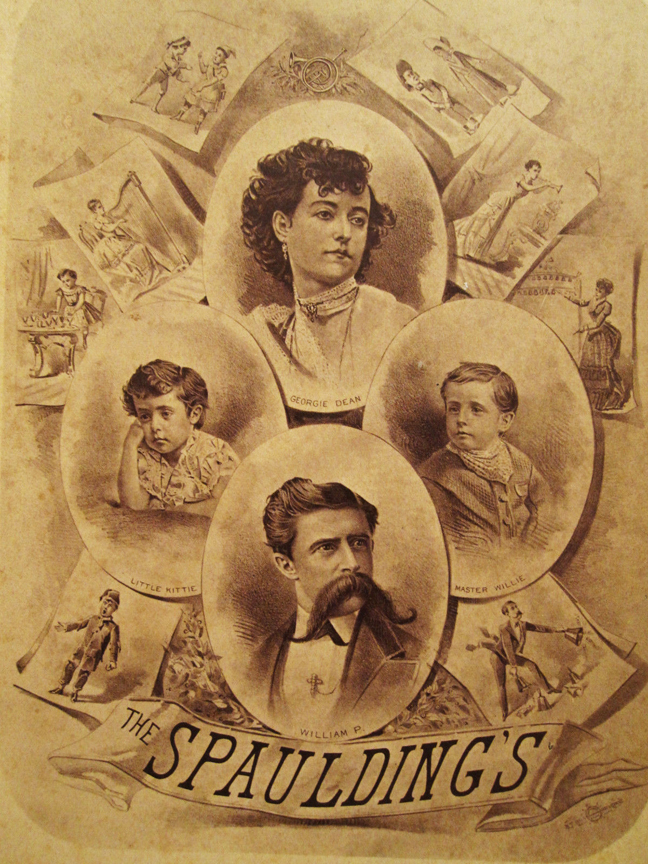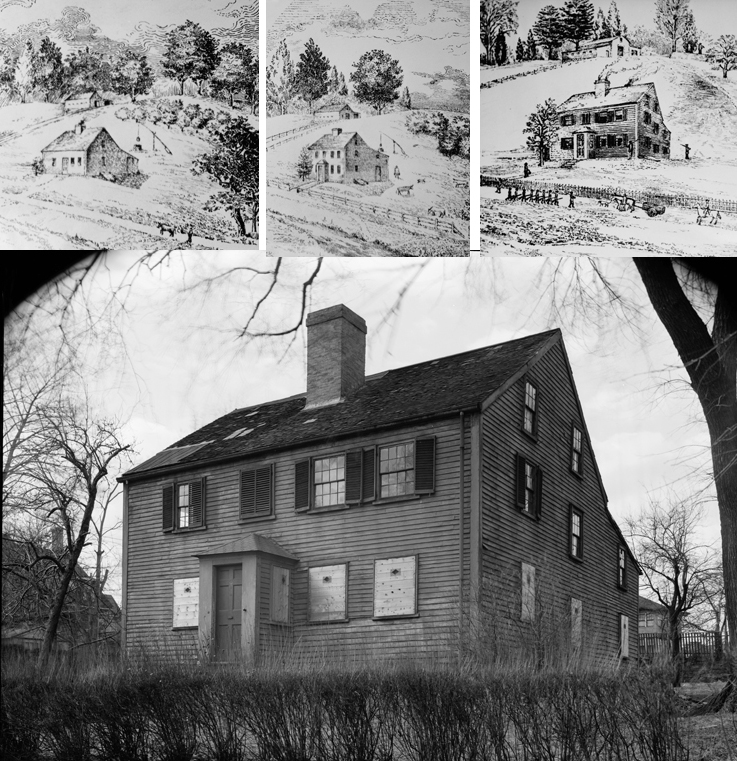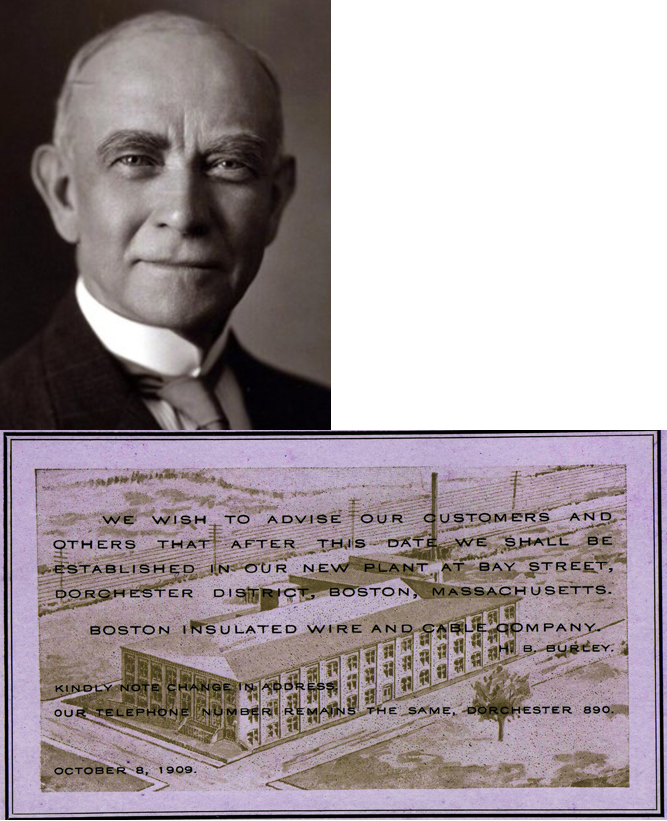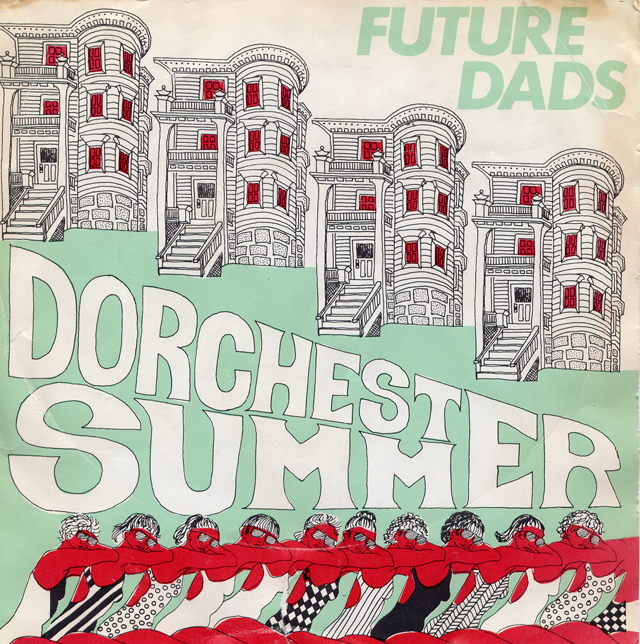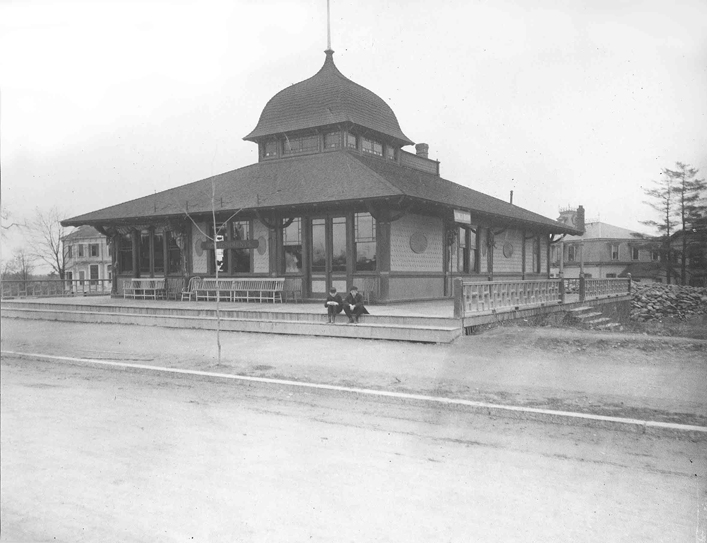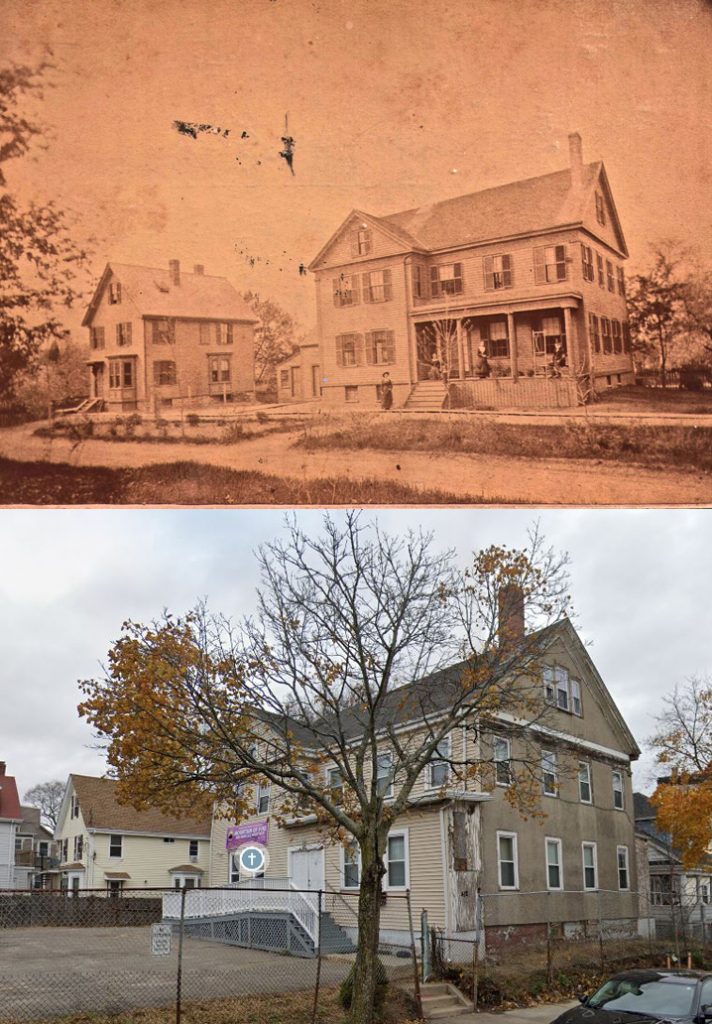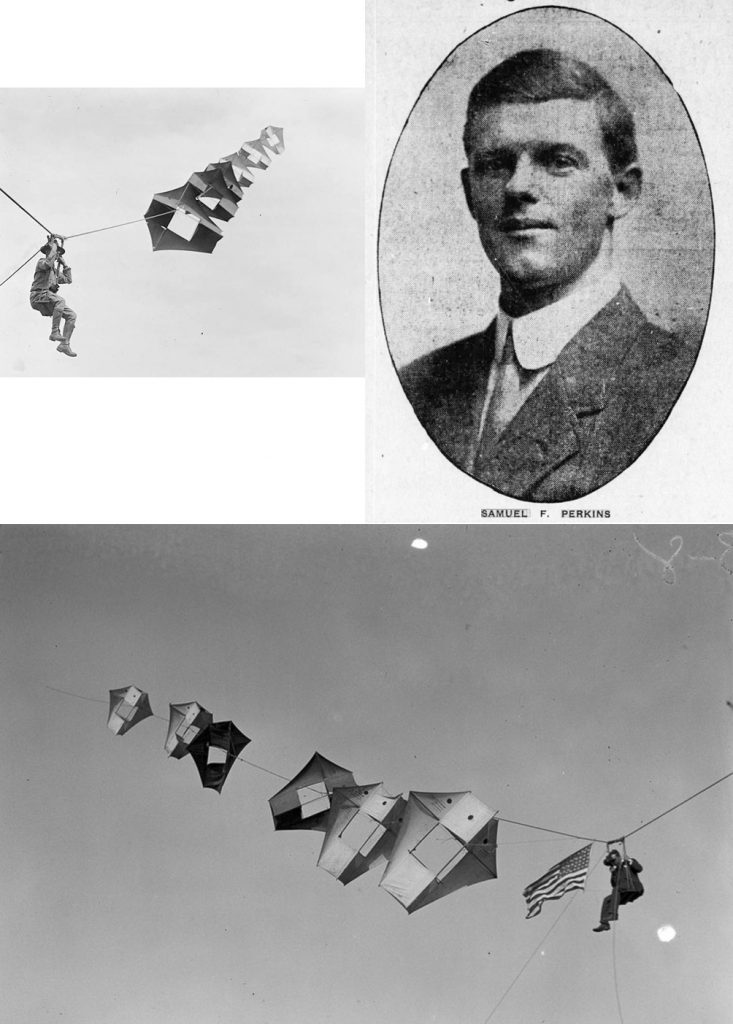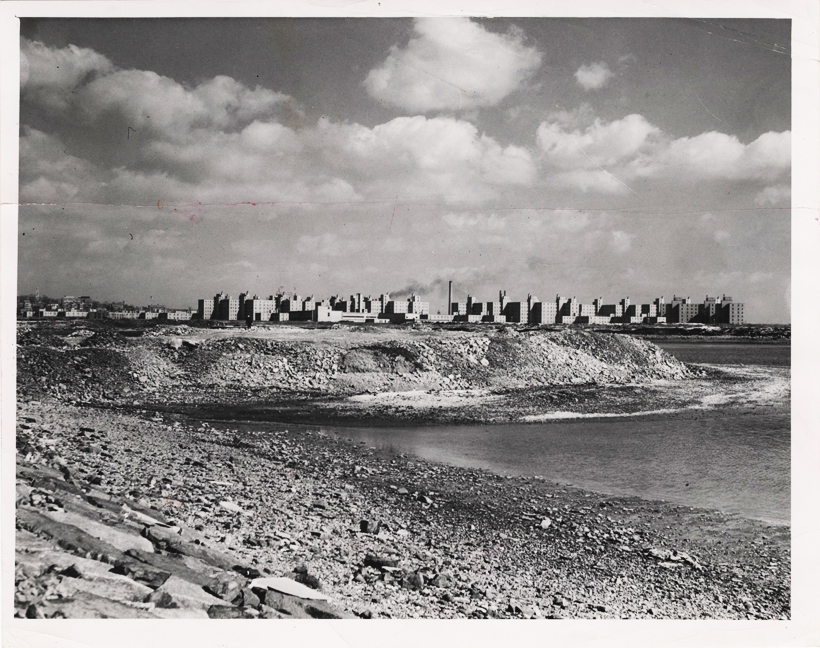Dorchester Illustration 2644
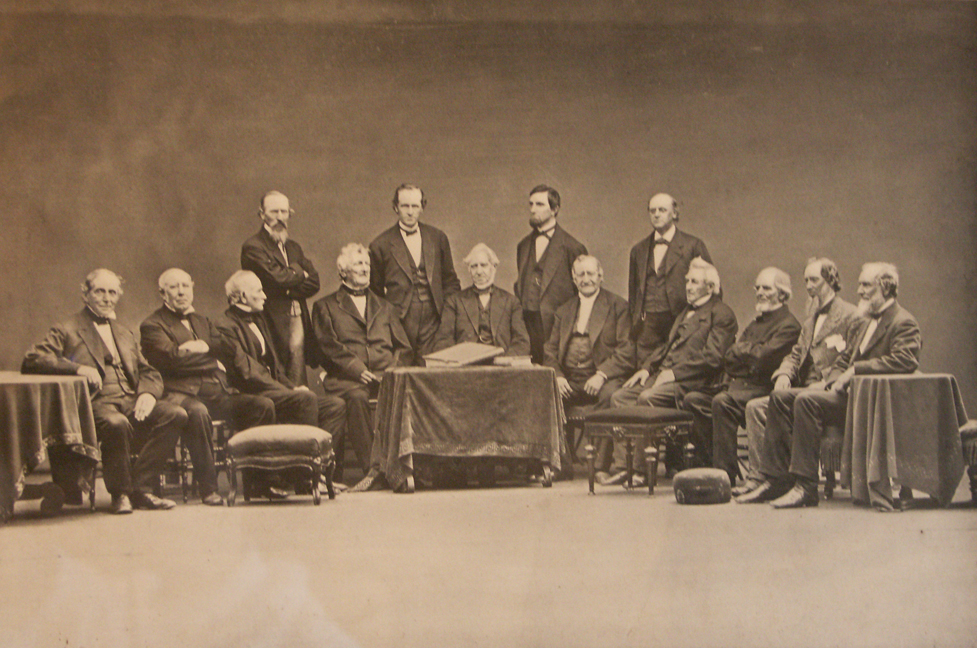
Trustees of Dorchester Savings Bank
Dorchester Illustration 2644
Dorchester Savings Bank was incorporated on March 19, 1853 by an act of the Massachusetts Legislature.
“William Richardson, Oliver Hall, Lewis Pierce, their associates and successors, are hereby made a corporation, by the name of the Dorchester Savings Bank March 19, 1853.”
Private and Special Statutes of the Commonwealth of Massachusetts, for the Years 1849, ’50, ’51, ’52, ’53. Volume IX. (Boston, 1860), 599.
The photo of the trustees, from left to right: Edward Pierce, Thomas Groom, E.P. Tileston, William Pope, Lewis Pierce, John H. Robinson, Daniel Denny, W. Lindsley, Ebenezer Eaton, Oliver Hall, Nathaniel Safford, Robert Vose, Joseph Dix, Nathan Carruth.
Selected stories:
Thomas Groom made his money in the stationery trade. He was the first to introduce the popular Gillott’s pens into the American market, and for years, his establishment was a headquarters for Russia quills.
Edmund Pitt Tileston went into his family’s paper manufacturing business, Tileston & Hollingsworth.
William Pope was a lumber merchant and builder.
Daniel Denny was a merchant and landowner.
Ebenezer Eaton owned a tavern at the base of Meetinghouse Hill on Bowdoin Street, where Coppens Park is now located.
Oliver Hall was a furniture manufacturer, served in the Massachusetts Legislature, as well as president of the Mattapan Bank.
Nathaniel Safford was a lawyer in Lower Mills.
Joseph Dix had a business of boot and shoe findings in Boston, but went into real estate in the late 1860s. In the early 1860s, he lived at Harrison Square, also know as Clam Point. Between 1861 and 1865, he built a house on the north side of Centre Street, where his sister lived for a time, Dorothea Dix, the social reformer.
Nathan Carruth was the first president of the Old Colony Railroad. He lived on an estate for which Carruth Street is named.

